Table of content
- Type of Vegetable
- Freshness at Purchase
- Storage Conditions
- Handling Practices
- Leafy Greens (Spinach, Kale, Lettuce)
- Cruciferous Vegetables (Broccoli, Cauliflower, Brussels Sprouts)
- Root Vegetables (Carrots, Potatoes, Beets)
- Fruiting Vegetables (Tomatoes, Cucumbers, Bell Peppers)
- Podded Vegetables (Green Beans, Peas)
Introduction
In the bustling world of modern life, maintaining a healthy diet is often challenging yet crucial. Fresh vegetables play a pivotal role in our daily meals, providing essential nutrients and vitamins that keep our bodies functioning optimally. However, the question of how to properly store these vegetables to retain their freshness and nutritional value often arises. One common practice is to store fresh vegetables in the refrigerator. But how long can they really last under these conditions? This article delves into the intricacies of storing fresh vegetables in the refrigerator, exploring factors that influence their shelf life and offering practical tips to maximize freshness.
Understanding Refrigeration
Refrigeration works by slowing down the growth of bacteria and other microorganisms that cause food spoilage. By lowering the temperature, the metabolic processes of these microorganisms are slowed, thereby extending the shelf life of perishable items like fresh vegetables. The ideal refrigerator temperature for storing vegetables is generally between 32°F to 40°F (0°C to 4°C). This range helps to maintain the quality and safety of the vegetables without causing freezing damage.
Factors Influencing Shelf Life
Several factors determine how long fresh vegetables can last in the refrigerator. These include the type of vegetable, its freshness at purchase, storage conditions, and handling practices.
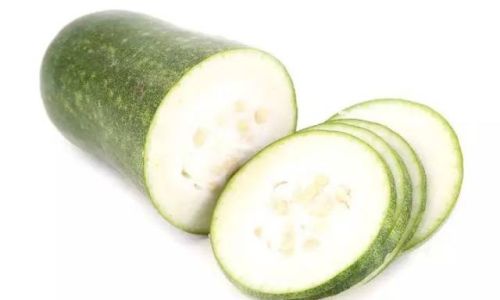
Type of Vegetable
Different vegetables have varying shelf lives due to their unique composition and structure. For instance, leafy greens like spinach and kale tend to have a shorter shelf life compared to root vegetables like carrots and potatoes. Leafy greens are more susceptible to moisture loss and enzymatic browning, which accelerate spoilage. On the other hand, root vegetables can stay fresh for longer periods due to their thicker skin and lower water content.
Freshness at Purchase
The freshness of vegetables at the time of purchase significantly impacts their shelf life. Vegetables that are already showing signs of spoilage, such as wilting leaves or soft spots, will not last as long as those that are freshly harvested and vibrant. It’s crucial to inspect vegetables carefully before buying them to ensure they are in good condition.
Storage Conditions
Proper storage conditions are essential for maximizing the shelf life of fresh vegetables. This includes maintaining the correct temperature, controlling humidity, and ensuring proper ventilation to prevent ethylene gas buildup, which can accelerate spoilage. Additionally, storing vegetables in airtight containers can lead to moisture accumulation, promoting the growth of mold and bacteria. It’s best to store vegetables in perforated plastic bags or on open shelves in the crisper drawers of the refrigerator.
Handling Practices
How vegetables are handled before and after storage can also affect their shelf life. Washing vegetables before storing them can introduce moisture and speed up spoilage. It’s recommended to wash vegetables only when ready to use. Additionally, avoiding overcrowding in storage containers ensures that each vegetable has adequate air circulation, further extending its freshness.
Specific Shelf Lives of Common Vegetables
Now, let’s break down the approximate shelf lives of some common types of vegetables when stored in the refrigerator:
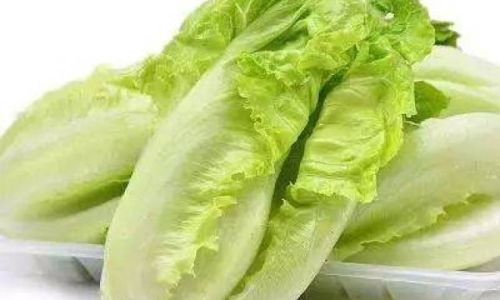
Leafy Greens (Spinach, Kale, Lettuce)
Leafy greens are highly perishable and should be used within 3 to 5 days of purchase. To extend their shelf life, store them in a perforated plastic bag to allow for some air circulation while keeping moisture at bay. Avoid washing until ready to use.
Cruciferous Vegetables (Broccoli, Cauliflower, Brussels Sprouts)
Cruciferous vegetables can last up to a week when stored properly. Wrap them loosely in plastic wrap or store in a perforated bag to retain moisture but prevent condensation. Keep the florets intact as much as possible, as cutting them exposes more surface area to air, accelerating spoilage.
Root Vegetables (Carrots, Potatoes, Beets)
Root vegetables generally have a longer shelf life, lasting up to 2 to 3 weeks in the refrigerator. Store them in a cool, dark corner of the fridge, preferably in an open container or on a shelf to allow for air circulation. Potatoes should be stored in a paper bag or a dark, well-ventilated area to prevent sprouting.
Fruiting Vegetables (Tomatoes, Cucumbers, Bell Peppers)
These vegetables are more delicate and should be used within 5 to 7 days. Tomatoes, in particular, should be stored stem-side down to prevent moisture from entering the stem scar, which can cause rot. Cucumbers and bell peppers should be kept in a perforated bag to maintain humidity without promoting mold growth.
Podded Vegetables (Green Beans, Peas)
Podded vegetables have a shelf life of about 5 to 7 days when refrigerated. Store them in an airtight container lined with a paper towel to absorb excess moisture.
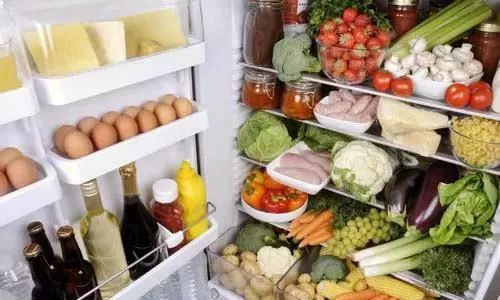
Maximizing Freshness: Practical Tips
-
Inspect Before Buying: Always check for freshness by inspecting the color, firmness, and overall appearance of the vegetables. Avoid those with wilting leaves, soft spots, or discoloration.
-
Proper Packaging: Store vegetables in perforated plastic bags or containers to allow for air circulation while controlling humidity. Avoid using airtight containers unless specifically designed for vegetable storage.
-
First In, First Out: Use the oldest vegetables first to ensure nothing goes to waste. Labeling storage containers with the purchase date can help keep track.
-
Don’t Wash Until Ready to Use: Washing vegetables before storing them can introduce moisture, accelerating spoilage. Wait until you’re ready to prepare them to wash.
-
Temperature Control: Ensure your refrigerator is set to the correct temperature for storing vegetables, typically between 32°F to 40°F (0°C to 4°C).

-
Organize by Type: Store similar types of vegetables together to manage them more efficiently. This also helps in monitoring their freshness and usage.
Conclusion
In conclusion, the shelf life of fresh vegetables in the refrigerator varies depending on the type of vegetable, its freshness at purchase, storage conditions, and handling practices. By understanding these factors and implementing proper storage techniques, you can maximize the freshness and nutritional value of your vegetables. Remember, the key to maintaining the quality of fresh vegetables is to store them correctly, use them promptly, and always inspect for signs of spoilage before consumption. With these practices in place, you can enjoy nutritious, delicious vegetables throughout the week, supporting your health and well-being.


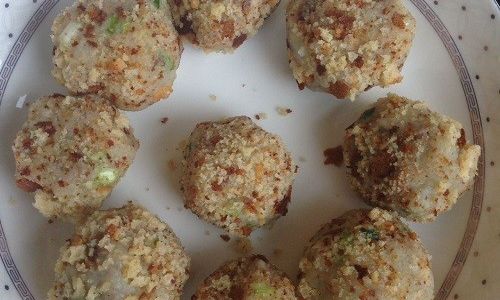
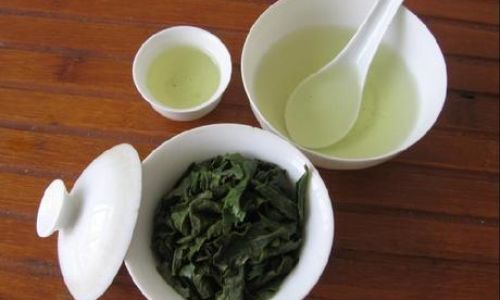
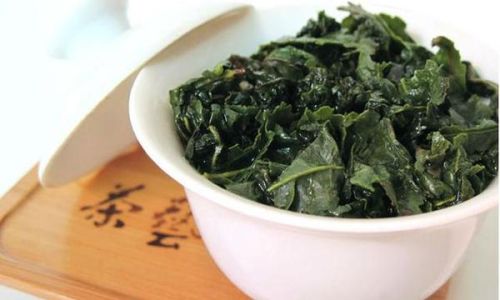
0 comments